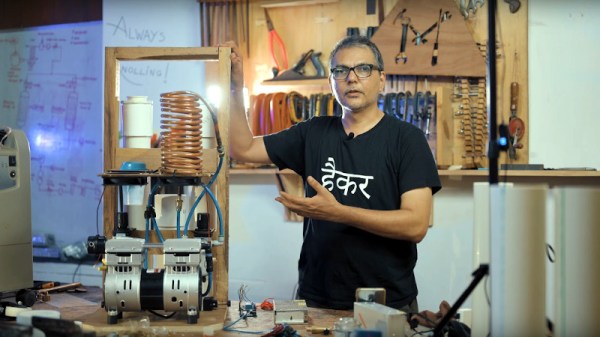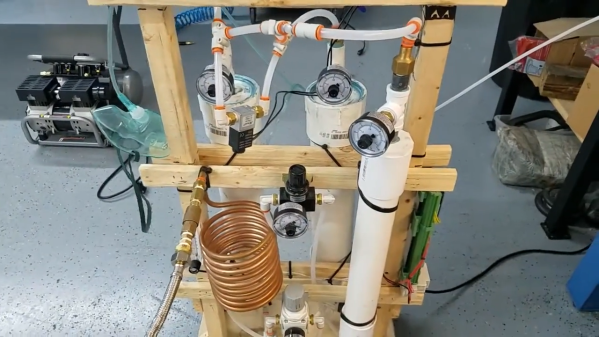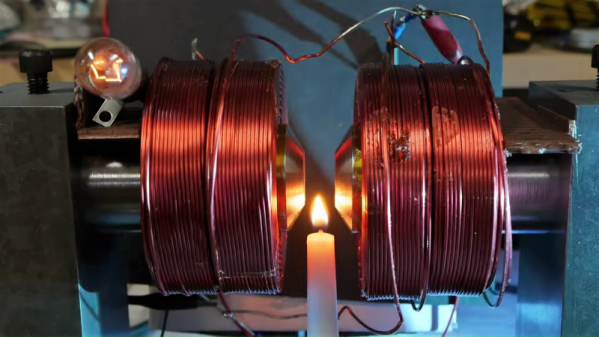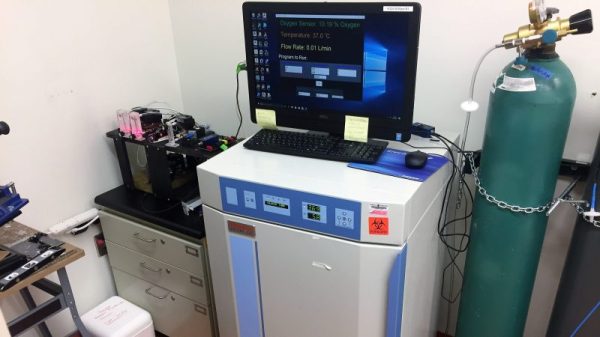Back at the start of the pandemic, a variety of hacker designs for life-saving machinery may have pushed the boundaries of patient safety. There are good reasons that a ventilator must pass extensive safety testing and certification before it can be attached to a patient, because were it to in some way fail, the patient would die. A year later, we have many much safer and more realistic ways to use our skills as part of the effort.
Probably one of the most ambitious projects comes from a coalition of Indian hackerspaces who are adapting a proven oxygen concentrator for local manufacture. Among them is Hackaday’s own [Anool Mahidharia], who hosts a Maker’s Asylum video (embedded below) explaining how the oxygen concentrator works and how they can be made safely.
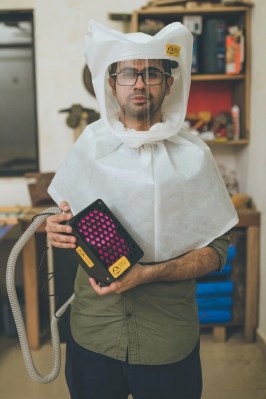
An oxygen concentrator is both surprisingly simple and imbued with a touch of magic. At its center are two columns of zeolite, a highly porous aluminosilicate mineral that performs the task of a molecular sieve. When air is pumped into the column, the zeolite traps nitrogen, leaving the oxygen-enriched remnant to be supplied onwards. There are two such columns to allow each to be on an alternate cycle of enrichment or purging to remove the accumulated nitrogen.
The point of the video is to show that such a device can be constructed from readily available parts and with common tools; as the title says it isn’t rocket science. Concentrators produced by the hackerspace coalition won’t save the world on their own, but as a part of the combined effort they can provide a useful and reliable source of oxygen that will make a significant difference in a country whose oxygen distribution network is under severe strain.
We previously covered the Indian oxygen concentrator effort when they launched the project. Their website can be found on the Maker’s Asylum website, and their crowdfunding campaign can be found on the Indian crowdfunding platform, Ketto. They have already proved their ability to coordinate large-scale manufacturing with their previous PPE and respirator projects, so please consider supporting them if you can. Meanwhile, we can’t help a twinge of space envy, from the fleeting glimpse of Maker’s Asylum in the video.
Continue reading “Building An Oxygen Concentrator: It Isn’t Rocket Science”

